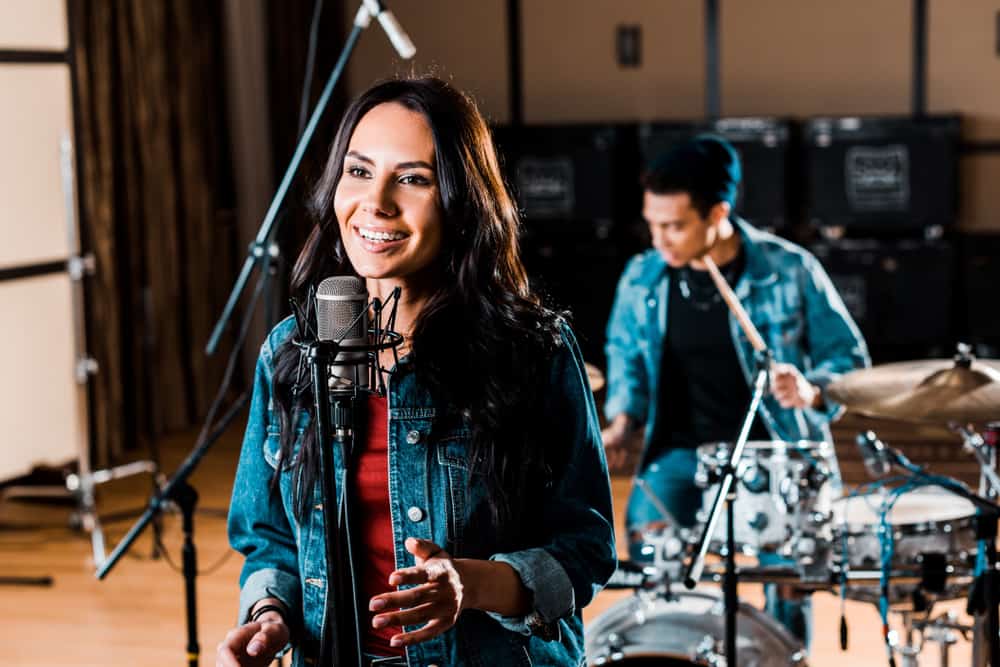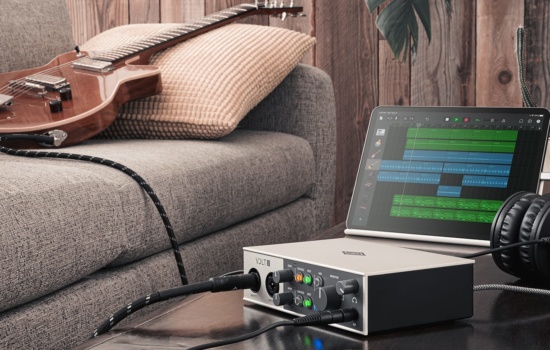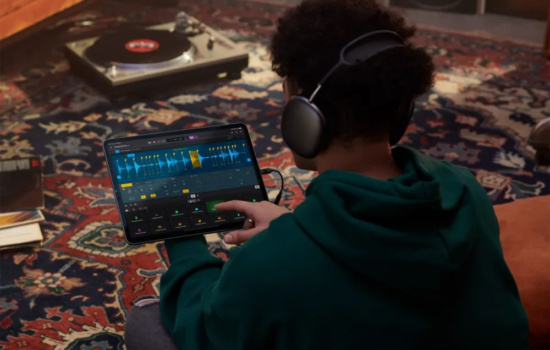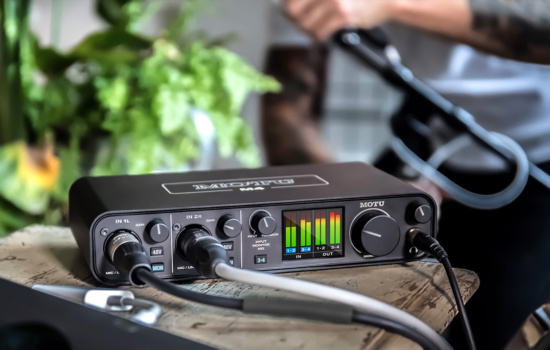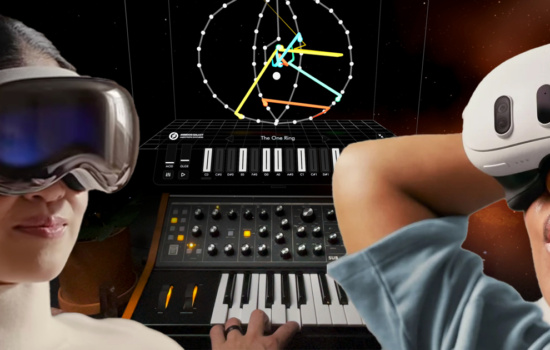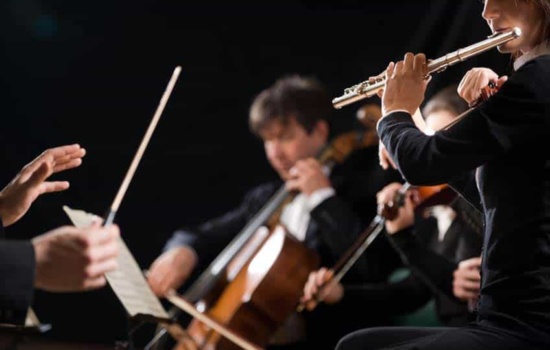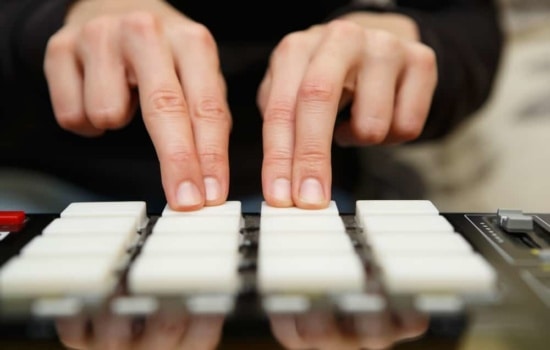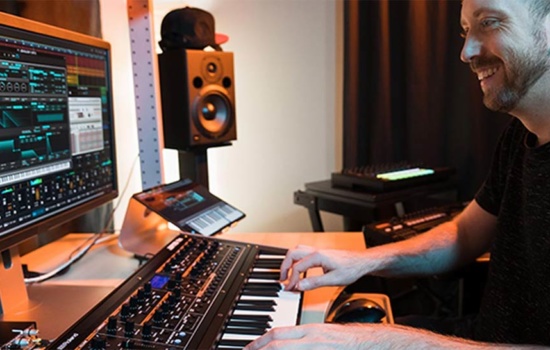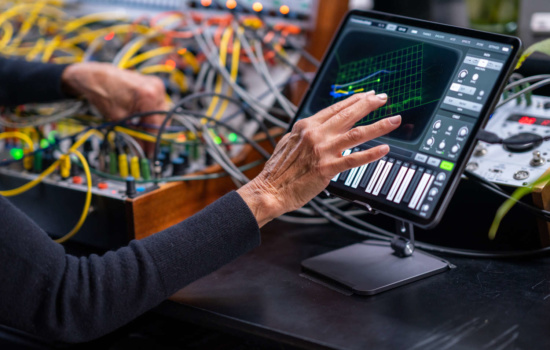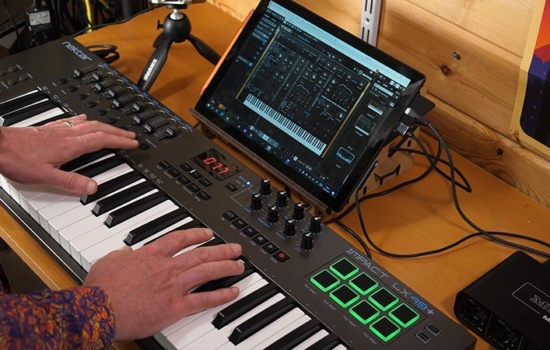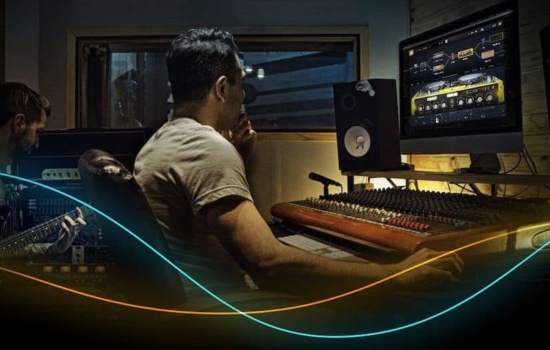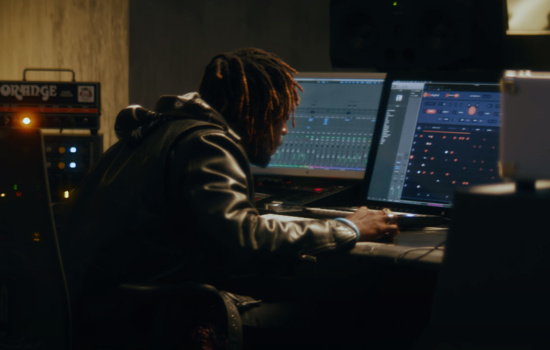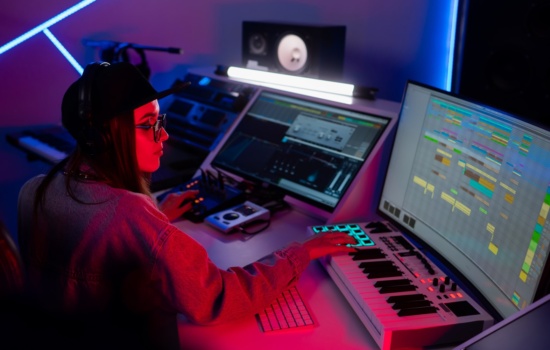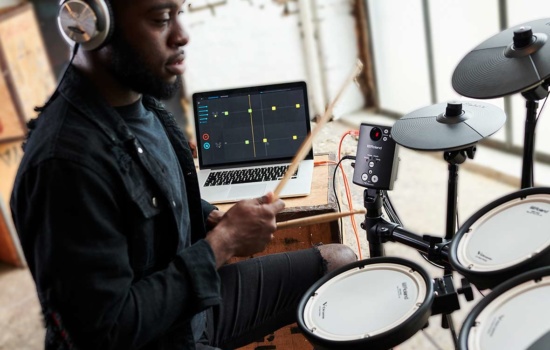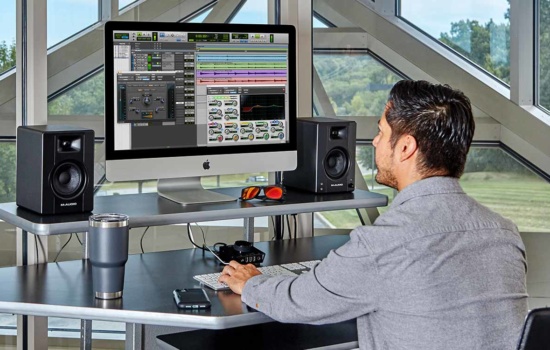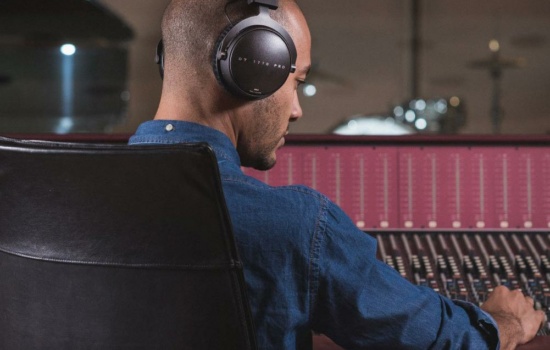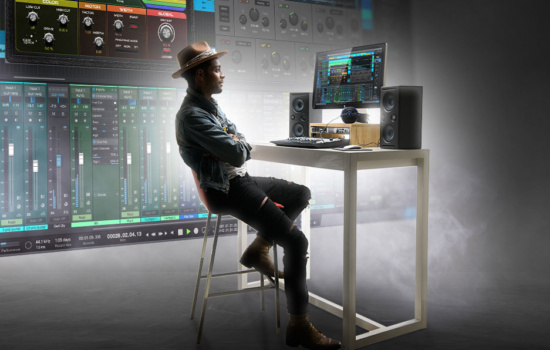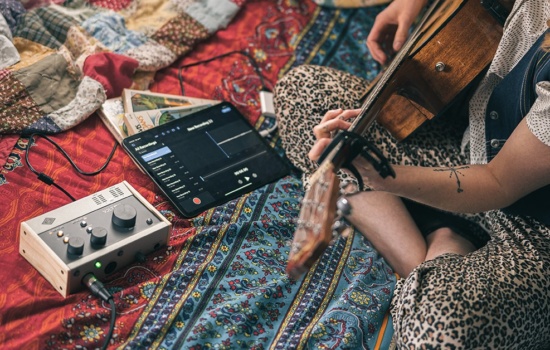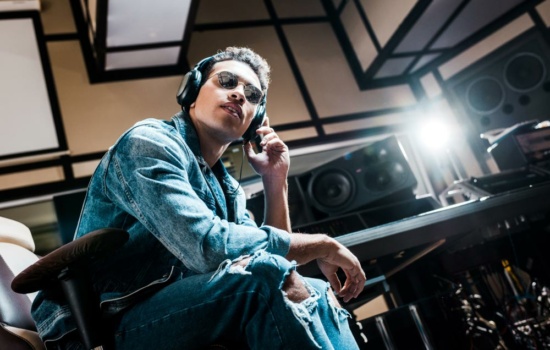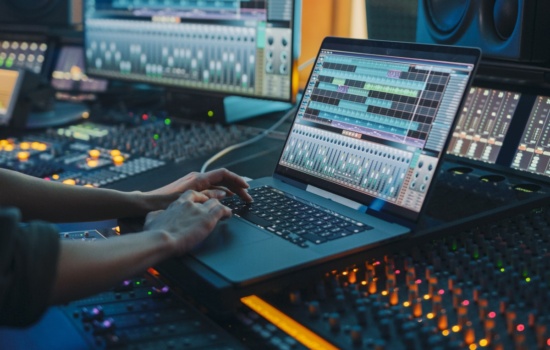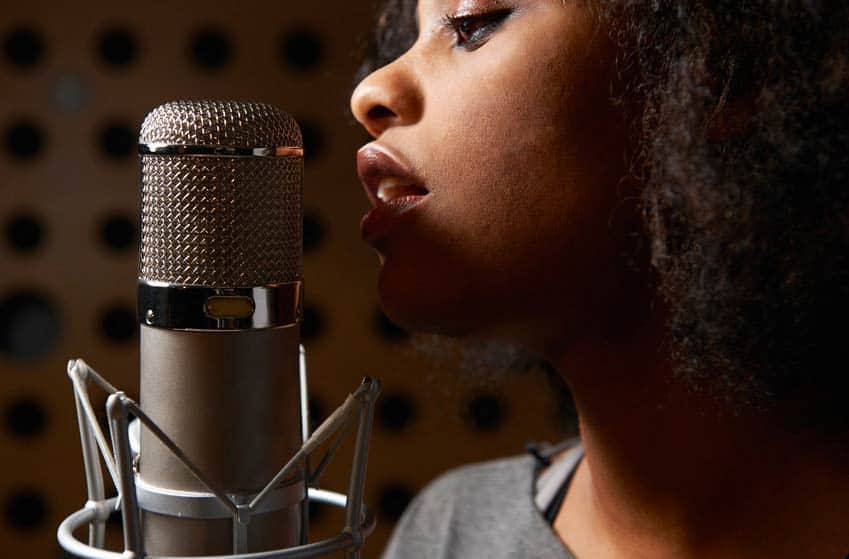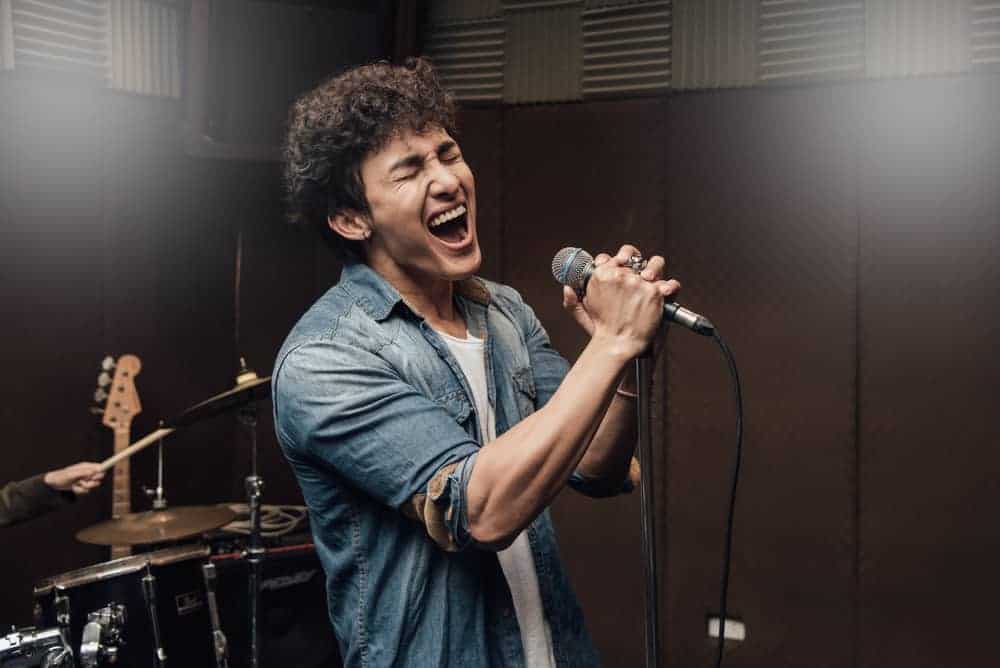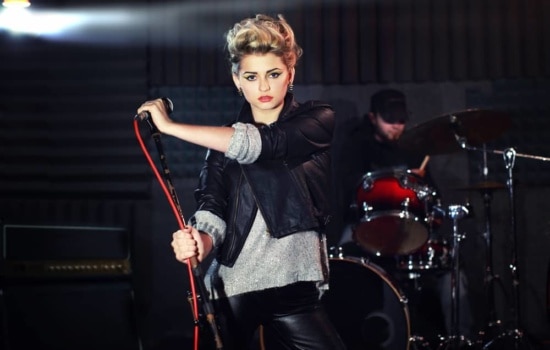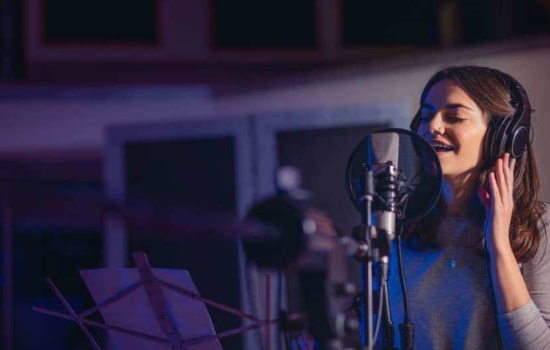Which is better condenser or dynamic mic?
It depends on what you’re trying to record and the environment in that you find yourself. This article will tell you all about when to use the right one.
Do singers use dynamic or condenser mics?
They use both depending on the situation. For live use a dynamic microphone is more robust and perfect for the dynamic range of a PA system. Whereas a condenser microphone is more sensitive and great for when you’re in a quite and controlled recording environment.
Do condenser mics sound better?
Condenser mics are more sensitive and have a wider frequency response and dynamic range. So for recording quality, yes, they are better.
What are condenser microphones best for?
Condenser mics are best for the studio recording of vocals and acoustic instruments.
Which mic is best for recording vocals?
The best condenser microphone to use is the one that you have to hand. If you don’t have one then get one that’s appropriate to your budget because you can spend as much as you like on a single microphone.
